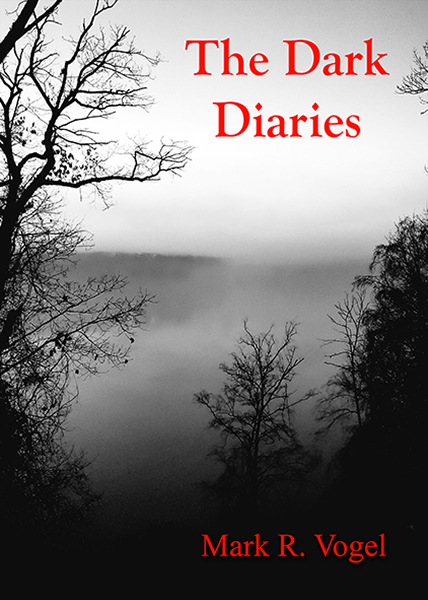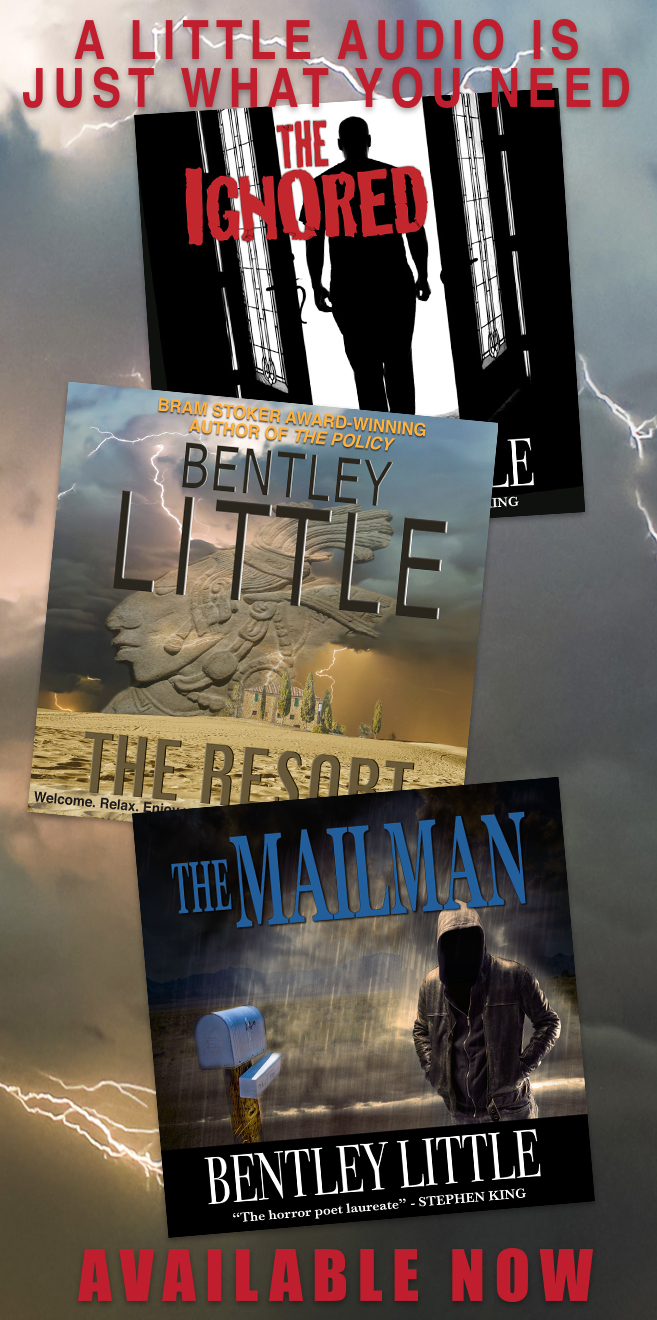Not only does Alex Turner’s Dead Birds turn heads due to its being one of a select breed of a nearly extinct species called Horror Westerns, but it merits recognition for being one of the most admirable, steadfast works of independent horror in recent years. From nearly every angle, Dead Birds is a masterful piece of filmmaking which, at its close, makes one demand that Hollywood graciously toss money in the responsible party’s direction in hopes that it will produce more of the same.
In 1863, an outlaw band comprised of an escaped slave, Todd (Isaiah Washington), an army nurse, Annabelle (Nicki Aycox), and four Confederate soldiers, Sam (Patrick Fugit), Clyde (Michael Shannon), Joseph (Mark Boone Junior), and William (Henry Thomas), rob a bank in Fairhope, Alabama before fleeing to Mexico. However, due a festering gunshot wound which Sam sustained during the heist, the collective is forced to take temporary lodging in the Hollister Mansion, a plantation house believed to be long abandoned. Shortly after arriving, the gang members begin having what they believe to be hallucinations of events which purportedly occurred within the house years before, thereby escalating the group’s already paranoid mindset.
Even for most genre aficionados, the ready names of memorable Horror Westerns can be counted on one hand. Due to the scarcity of this genre hybrid, few voluntarily eschew the opportunity to watch such a feature because, regardless if the work falls alongside the likes of one of the worst films–not only of Western Horror (because coming in third in a race of three really isn’t that embarrassing), or even horror, but of all-time–William Beaudine’s Jesse James Meets Frankenstein’s Daughter, or . . . well . . . Alex Turner’s sublime Dead Birds, the film will nonetheless be a break from the all-too-frequently rote norm.
And, yes, the implication that Turner’s film is that remarkable in that it deserves to represent the high-end of the Horror Western spectrum is intentional. The reasons for the film meriting the accolades it has received from most every critic that has had the pleasure to view the feature are as succinct as the manner in which the film presents its ideas.
Not surprisingly given the stellar cast (the collection of which is all the more extraordinary in the wake of a Hollywood budget), Dead Birds issues superb performances all-around as the meticulous pacing via expert editing (excluding the oversight of the sun completely setting during the course of the cast walking across the front lawn of the Hollister estate) heightens the masterful lighting upon a Lynchian palette that, in turn, compliments the almost unbearably eerie atmosphere throughout. This says nothing of the film’s soundtrack, which ingeniously implements, while cacophonously distorting, the sounds of the native environment, giving the work an even more claustrophobic cohesion. As if mating cicadas weren’t disconcerting enough . . . .
Some critics quibble, albeit only slightly, that the appearances of the creatures of Dead Birds is perhaps too sparse, yet I argue that Turner’s manipulation of his meager budget, opting for the “less is more” route, is handled to a stunningly effective degree. Furthermore, some have stated that the feature’s title is poorly chosen. However, when one is reminded that the presence of bird corpses is one of the early warning signs of an ensuing plague, and that said iconography appears at the steps of the Hollister Mansion, then Turner’s symbolism and foreshadowing of the plight which has taken place (and is about to take place) within the haunted house’s walls becomes all the more daunting.
Of course, these are the more stylistic components of the work. The philosophic import of the work is as harrowing as the manner in which it is presented. Aside from the plot revolving around atrocities committed in the distorted name of love–the paterfamilias of the Hollister household sacrificing slaves and, eventually his own children, in Satanic rituals in the hope finding a cure for his tubercular wife–we are bombarded by the tension created by the characters’ own paranoia of one another amid 100,000 dollars in gold pieces as suspension metamorphoses into–amongst other things–racism and, ultimately, guilt. A taut piece of filmmaking indeed.
Alex Turner’s Dead Birds is a masterpiece of–not only independent horror–but filmmaking in that it not only (rightfully) depicts the tension and, understandably, paranoia involved with various vices enclosed within the film, which were as prevalent during the period as they are today, but does so articulately. Perhaps the only thing more remarkable than not only successfully creating a feature by combining two seemingly diametrically-opposed genres, atop doing so on a very sparse budget, is the fact that the filmmakers accomplished such under circumstances which had one another at each other’s throats during the entire production. But, as Stanley Kubrick reminds us with The Shining, perhaps this is yet another reason why Dead Birds works so well.
-Egregious Gurnow
- Interview with J.R. Bookwalter - January 22, 2015
- Interview with Andrew J. Rausch - January 22, 2015
- Interview with Rick Popko and Dan West - January 22, 2015
- Interview with Director Stevan Mena (Malevolence) - January 22, 2015
- Interview with Screenwriter Jeffery Reddick (Day of the Dead 2007) - January 22, 2015
- Teleconference interview with Mick Garris (Masters of Horror) - January 22, 2015
- A Day at the Morgue with Corri English (Unrest) - January 22, 2015
- Interview with Writer/Director Nacho Cerda (The Abandoned, Aftermath) - January 22, 2015
- Interview with Actress Thora Birch (Dark Corners, The Hole, American Beauty) - January 22, 2015
- Interview with Actor Jason Behr, Plus Skinwalkers Press Coverage - January 22, 2015


